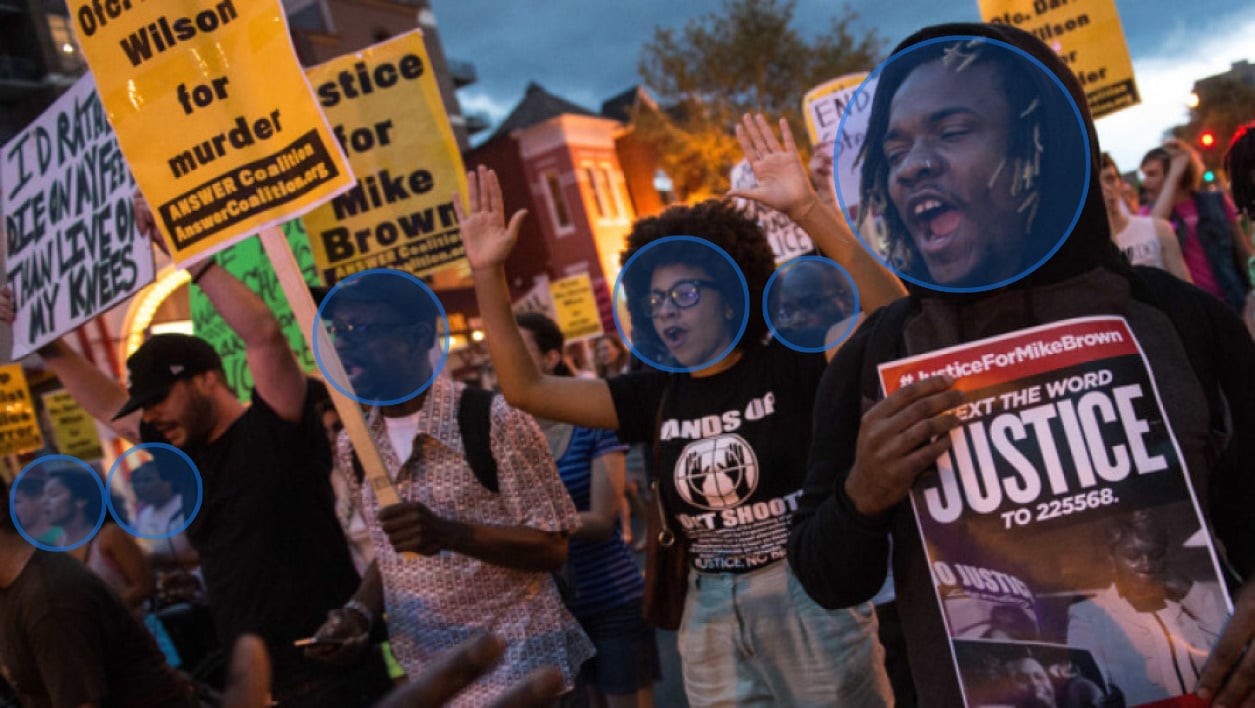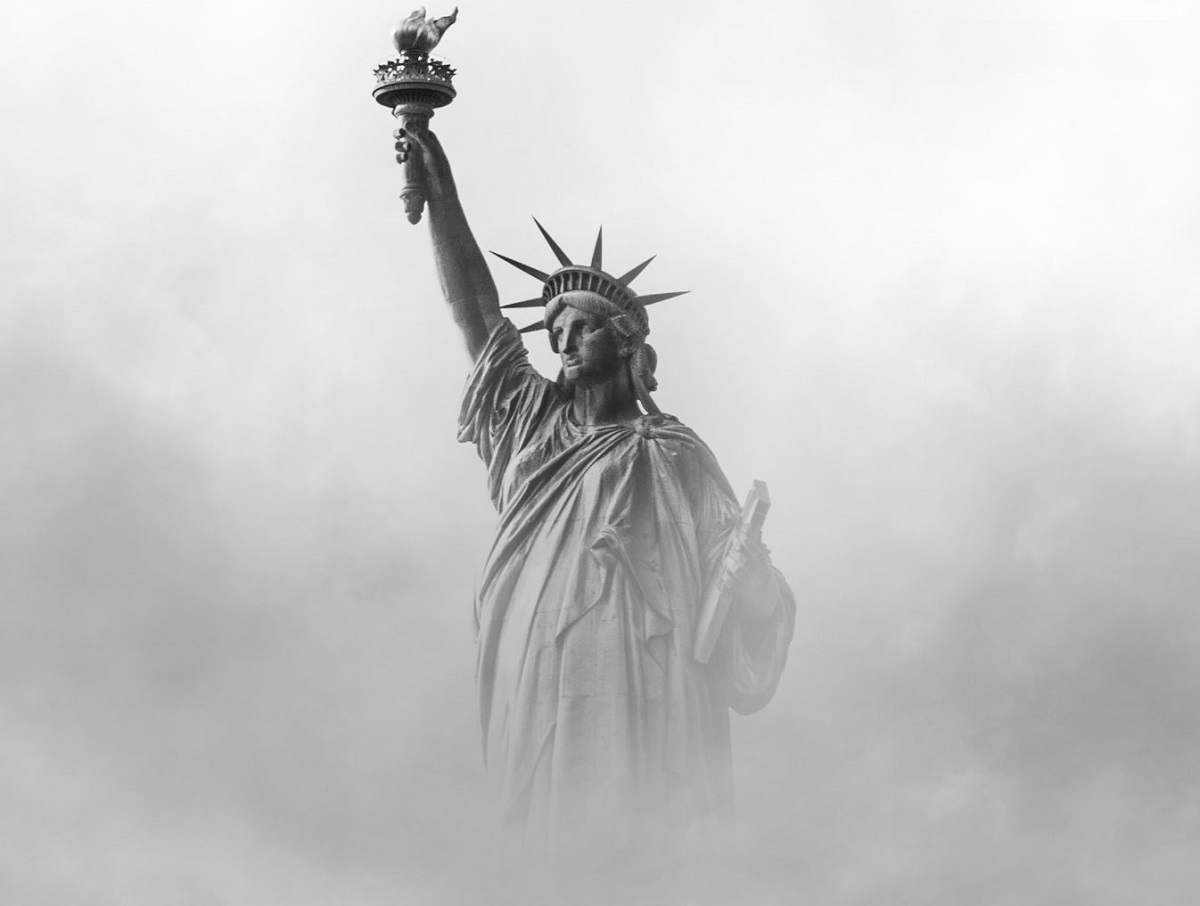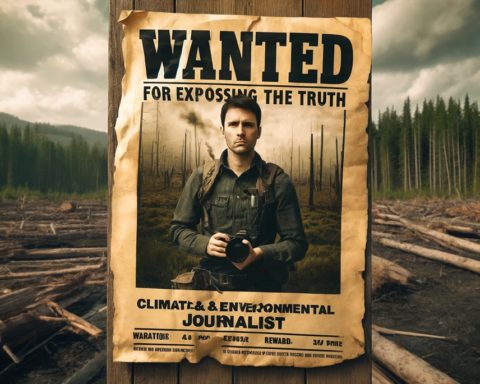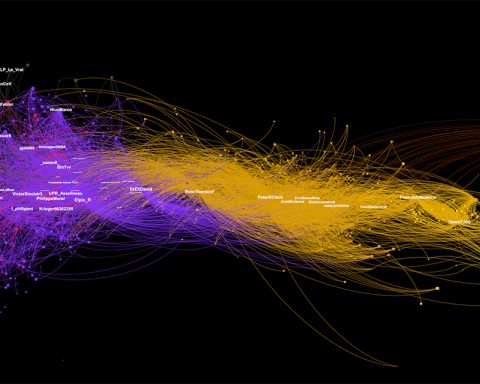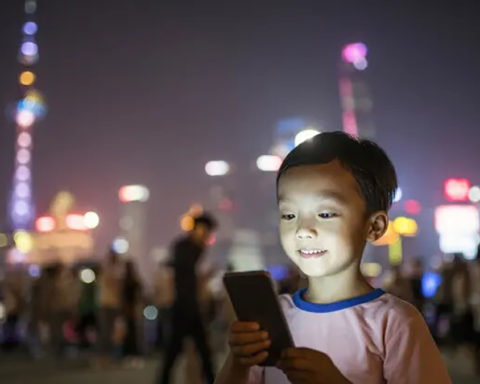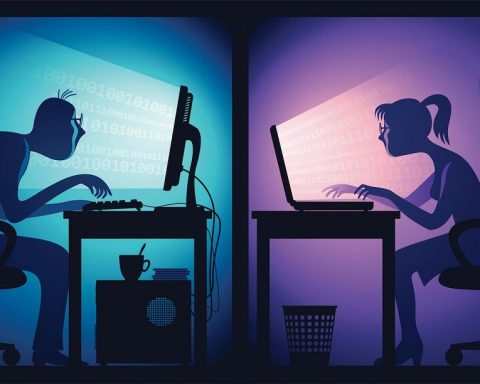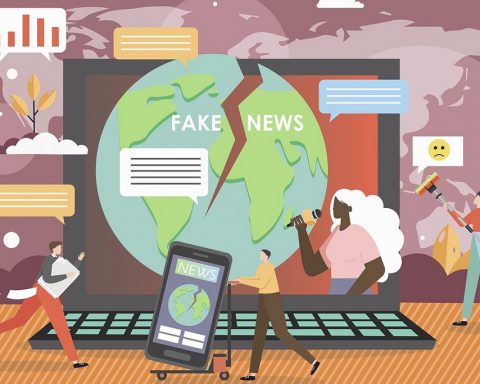Today, the United States is crumbling under the weight of two pandemics: coronavirus and police brutality. Both are causing physical and psychological violence. Both kill and disproportionately injure black and brown people. And both are driven by the technology we design, redirect and deploy - whether it's contact tracing, facial recognition or social media.
This is the opinion of Charlton McIlwain, an American academic and essayist, author of the best-selling Black Software. He has been working for several years on issues of race and media in political and social life. The death of George Floyd and the riots it sparked throughout the United States and in many countries around the world are, in his view, an opportunity to amplify a phenomenon that began in the era of President Kennedy: the availability of advanced technologies in knowledge and then gradually the control of the Black and Latinos communities.
The "problem of the problem"
He is now writing a column in the MIT journal in which he explains how technology is being called upon by society to solve problems. But when society defines, frames, and represents people of color as "the problem," then these technological solutions no longer serve; they hurt.
" We have developed facial recognition technologies that target criminal suspects based on the colour of their skin. We have developed automated risk profiling systems that disproportionately identify Latinos as illegal immigrants. We have developed credit scoring algorithms that disproportionately identify blacks as at-risk individuals and prevent them from buying homes, getting loans or finding jobs. "He then asks the question:" Are we going to continue to develop and deploy tools that serve the interests of racism and white supremacy? "
Datas of the sixties
This is not a new issue. Already in 1960, Democratic Party leaders were leading the campaign of John Fitzgerald Kennedy. They were observing a serious voting intention deficit in black communities and other racial minorities. How could they be converted to vote for Kennedy? An MIT political scientist, Ithiel de Sola Pool, gave them the answer. He proposed to implement a vast data collection and analysis operation. This practice is commonplace today, but it should be remembered that in 1960, PCs did not exist and that the huge computers, with a computing capacity less than a current entry-level smartphone, occupied entire rooms and ran on punch cards.
Candidate Kennedy's campaign manager was none other than his brother Robert. The latter discreetly went to the offices of Ithel Sola Pool at Simulmatics Corporation. The political scientist was going to propose him a plan of an unprecedented scale that would remain secret for many years. It involved collecting and processing more than sixty surveys on the elections of 1952, 1954, 1956, 1958 and 1960, and undertaking more than one hundred thousand interviews. Ithiel de Sola Pool designed a computer program (not yet called an "algorithm" as easily as today) specifically for this operation that allowed him to create voter rankings, generating up to 480 different profiles of "African-American, metropolitan, Catholic, low-income, Democrat...", recording 52 different groups for different questions. Although the research was originally intended to uncover the religious biases of the electorate, one of the first tasks of the Simulmatics team was a study of black voting in the North, conducted just prior to the Democratic National Convention.
There is every reason to believe that Kennedy defeated Vice President Nixon in 1960 largely because of the work of the secret group of data scientists who provided him with an accurate profile of the decisive electorate. The power of the new method of predictive modeling had proven its effectiveness. A few years later, Ithiel de Sola Pool would be one of the most important protagonists in the creation of Arpanet, the forerunner of today's Internet.
Historian Eugene Burdick wrote a book about the secret work of the Simulmatics company. In it, he describes this underground team " made up of innocent and well-meaning people working with slide rules, calculating machines and computers capable of holding an almost infinite number of bits of information, and sorting, processing and reproducing that information at the touch of a button. Despite the good faith of these highly skilled people, says the author, their intervention can radically rebuild the American political system, build a new policy, and even change venerable American institutions."
Suppressing riots
And that's what happened. The racial tension that we're experiencing these days in the United States after the murder of George Floyd was the norm in the 1960s. It peaked in 1967 when cities all over the country caught fire, from Birmingham, Alabama, to Rochester, New York, Minneapolis, Minnesota. President Johnson created the Kerner Commission to understand the causes of what he saw as civil unrest, including ghettoization. This commission turned to Simulmatics. The company had come a long way since the Kennedy era. During the Vietnam War, it worked with the DARPA (the U.S. Army's research agency) on a massive psychological propaganda campaign against the Vietcong.
Experts from the company founded by Pool therefore went at the request of the Kerner commission on hot spots to identify and question the Blacks who occupied a strategic place in the demonstrations. They identified and questioned strategically important black people. They then identified and interviewed other black residents in all locations, from hairdressing salons to churches. They asked residents what they thought of the media coverage of the "riots". But they also collected data on many other things: how people moved around the city and surrounding areas during the unrest, who they talked to before and during the riots, and how they prepared for the post-crisis period. They collected data on the use of tolls, gas station sales and bus routes. They entered these communities under the pretext of trying to understand how the media allegedly triggered "riots". In short, this work resulted in the collection of information on the movements of the population during the riots, on who they interacted with before and during the riots, and on how they prepared for the consequences of the riots.
Johnson and the political leaders at the time wanted to solve a problem: they wanted to use the information gathered by Simulmatics to trace the flow of information during the demonstrations in order to identify influential people and decapitate the leaders of the demonstrations.
Selective policing
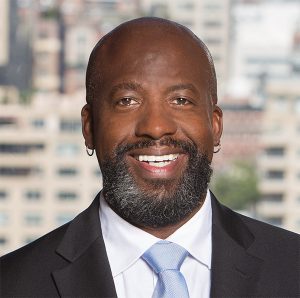
Sixty years later, experts such as Professor Charlton McIlwain are questioning the entire methodology that, he says, helped create " criminal justice information systems," laying the foundation for racial profiling, predictive surveillance, and racially selective policing ... which, in the United States, has resulted in the incarceration of millions of blacks and Latinos for decades.
" Blacks are still America's problem today. " In this period of the coronavirus pandemic, doctors found that blacks, Latinos and indigenous populations were disproportionately infected and affected. " Suddenly, we also became a national problem; we threatened to spread the virus disproportionately, " wrote Charlton McIlwain.
The situation worsened when the murder of George Floyd by a white police officer brought thousands of demonstrators to the streets. When looting and riots began, blacks were again considered a threat to law and order, to the point where President Trump would consider the use of the army.
As in the 1960s, the use of scientific technologies is a leitmotif for the administration of a country like the United States faced with large-scale popular uprisings. " One wonders how long it will take law enforcement agencies to deploy the [tracking] technologies we originally designed to fight the Covid-19 to counter the threat that blacks are supposed to pose to the nation's security. " writes the author of Black Software.
Its call is clear: the relationship between social problems such as crime, violence or disease and racial groups must be denied. If this is done, technology will help perpetuate racism. A call that many other countries around the world should listen to carefully.


